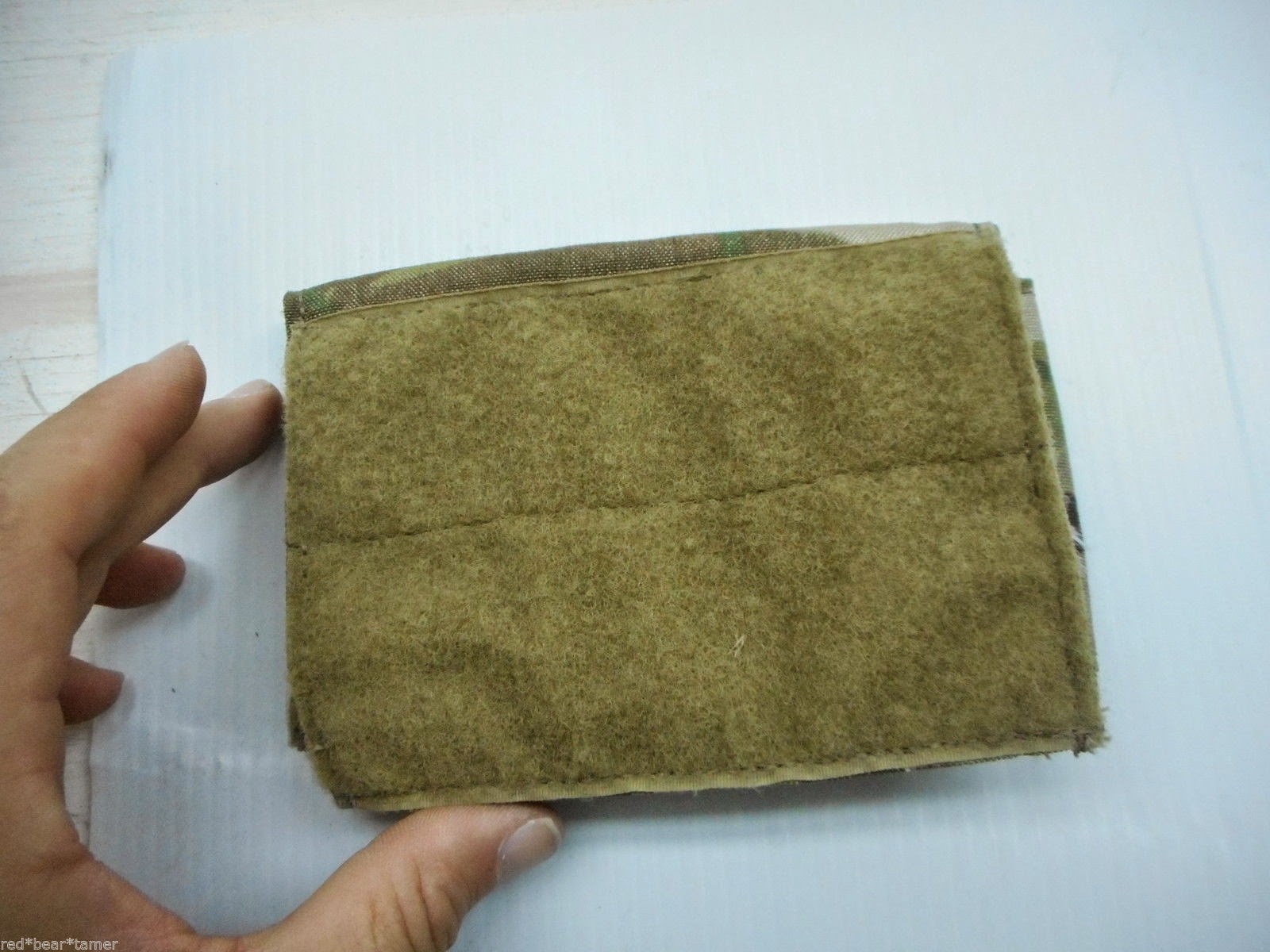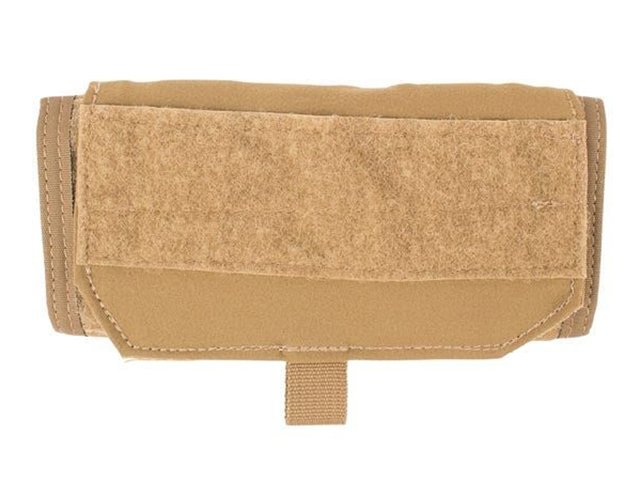

Hwang C, Hsiao YS, Shih HC, Yang M, Chen KH, Forsberg R, Olesen AV (2007) Geodetic and geophysical results from a Taiwan airborne gravity survey: Data reduction and accuracy assessment.
Define the gridded reference guide grg software#
Hwang C, Hsiao Y-S, Shih H-C (2006) Data reduction in scalar airborne gravimetry: Theory, software and case study in Taiwan. Bollettino Di Geodesia e Scienze Affini 62(1):33–48 Huang J, Sideris MG, Vaníček P, Tziavos IN (2003) Numerical investigation of downward continuation techniques for gravity anomalies.
.jpg)

Hsiao Y-S, Hwang C (2010) Topography-Assisted downward continuation of airborne gravity: an application for geoid determination in Taiwan. US Environmental Science Services Administration, Rockville Hotine M (1969) Mathematical geodesy, vol 2. Hofmann-Wellenhof B, Moritz H (2006) Physical geodesy. GRAV-D Team (2018) Gravity for the Redefinition of the American Vertical Datum (GRAV-D) Project, Airborne Gravity Data - Block MS05.
Define the gridded reference guide grg manual#
GRAV-D Science Team (2018) Block MS05 (Mountain South 05) GRAV-D Airborne Gravity Data User Manual Geodetic Gravity Field Modelling Programs (Overview Manual) įorsberg R, Tscherning,CC (2008) GRAVSOFT. J Geophys Res: Solid Earth 92(B2):1305–1310įorsberg R, Tscherning CC (1981) The use of height data in gravity field approximation by collocation. 355, Department of Geodetic Science and Surveying, Ohio State University, Columbus, Ohioįorsberg R (1987) A new covariance model for inertial gravimetry and gradiometry. įorsberg R (1984) A study of terrain reductions, density anomalies and geophysical inversion methods in gravity field modelling. Įvans JD, Featherstone WE (2000) Improved convergence rates for the truncation error in gravimetric geoid determination. Įllmann A (2005b) Two deterministic and three stochastic modifications of Stokes’s formula: a case study for the Baltic countries. J Geodesy 78(1–2):55–65Įllmann A (2005a) Computation of three stochastic modifications of Stokes’s formula for regional geoid determination. The FIG Congress 6–11Īlberts B, Klees R (2004) A comparison of methods for the inversion of airborne gravity data. thesis, KTH Royal Institute of Technology, StockholmĪhlgren K, Wang Y, Li X, Youngman M (2018) Towards a more consistent geoid model for North America. Airborne data from the Gravity for the Redefinition of the American Vertical Datum (GRAV-D) project contributed significantly towards improving the geoid model, especially in the mountainous parts of the area.Īgren J (2004) Regional geoid determination methods for the era of satellite gravimetry synthetic earth gravity model. The geoid model solutions using the combined data had an accuracy of 2.69 cm for the Hotine method and 2.87 cm for the Stokes method in the test results using GPS/leveling data of the GSVS17 (Geoid Slope Validation Survey 2017) profile. For all validation results, the Hotine and Stokes integral formulas yielded similar performances in terms of geoid accuracy however, the models computed using the combined data had better accuracy than those using the terrestrial-only and airborne-only solutions. Then, the calculated experimental geoid models were validated using historical and recently measured profile-based GPS/leveling datasets, and they were also compared with the official solutions submitted by different institutions for the “1-cm geoid experiment” of IAG JWG 2.2.2.

The computations using each formula were carried out using ITU-GRG software, including the solution variants based on terrestrial-only, airborne-only and combined gravity datasets. This contribution mainly focused on modeling the Colorado geoid using the least squares modifications of Stokes and Hotine integral formulas with additive corrections. In this frame, this article aims providing a discussion on Colorado geoid modeling through individual experimental results obtained by Istanbul Technical University-Gravity Research Group (ITU-GRG). The dataset was provided by National Geodetic Survey (NGS) department. The dataset included the terrestrial and airborne gravity observations, a digital terrain model, the XGM2016 global geopotential model and GPS/leveling data for model validations belonging to a mountainous area of approximately 550 km × 730 km in Colorado, US. The aim of this experiment was to clarify the repeatability of gravity potential values as International Height Reference System (IHRS) coordinates from different geoid determination approaches carried out with the same input dataset. The Colorado geoid experiment was initiated and organized as a joint study by the Joint Working Group (JWG) 2.2.2 (1-cm geoid experiment) of the International Association of Geodesy (IAG) in 2017, and different institutions and research groups contributed to this study.


 0 kommentar(er)
0 kommentar(er)
